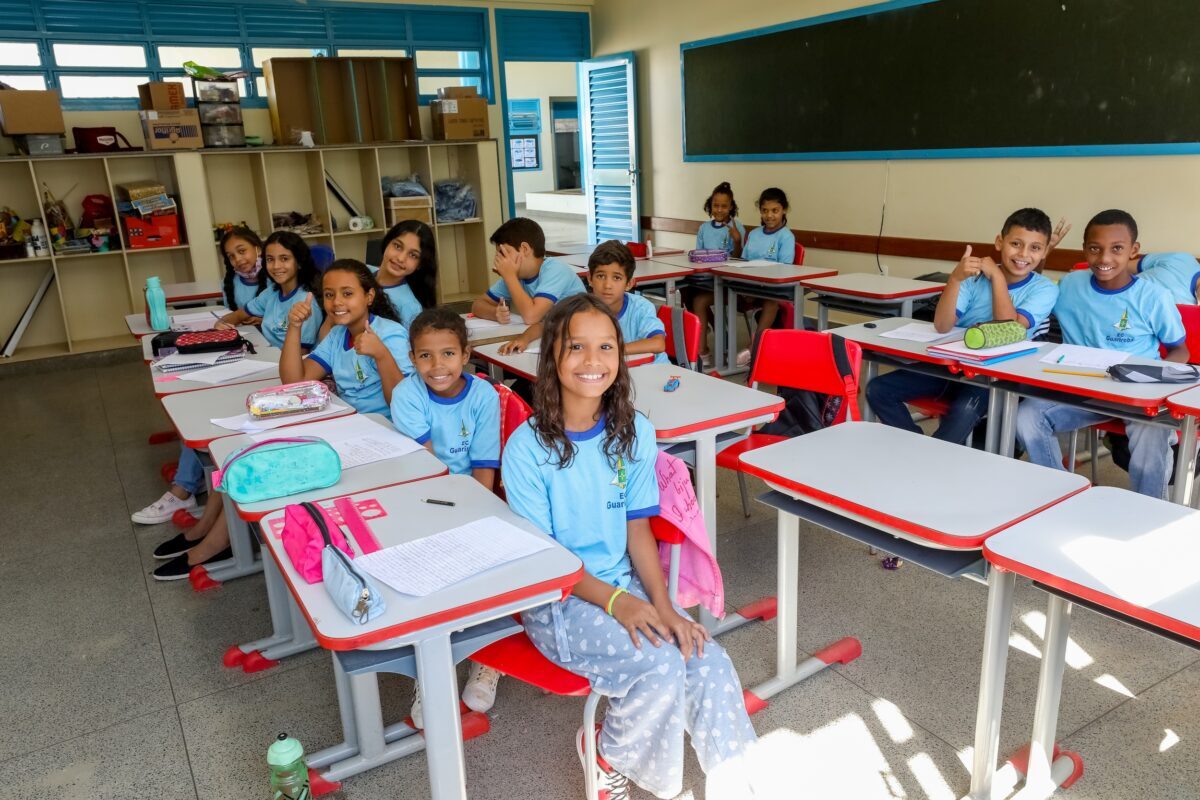The most deforested biome in Brazil, the Cerrado lost 700,000 hectares (1.7 million acres) of native vegetation in 2024. Now, it is about to receive a thermoelectric plant 30 km (18 miles) from the National Congress, in Brasília, the country’s capital. The Brazilian Institute of Environment and Renewable Natural Resources (IBAMA), responsible for federal environmental licensing, and TermoNorte will present the project and the environmental studies of the Thermoelectric Plant (UTE) Brasília in a public hearing on June 17, in the Samambaia region. Carrying out this step is precisely one of the changes in the new environmental licensing of bill 2159/21 — and, so far, it is one of the barriers preventing the demolition of a peripheral rural school that serves 340 children in Samambaia. “The change in licensing means that all territories are in a situation of very high risk. There is no longer a need for consultation or to make adjustments. It used to take months, sometimes a year or two, to obtain a license for a large enterprise. Now, licensing has become extremely shortened,” explains the director of the International Arayara Institute, Juliano Araújo. He warns about the creation of the Special Environmental License (LAE), which establishes a faster process, exempting it from certain steps and prioritizing analysis within up to one year, even for projects that have the potential to cause significant environmental degradation. The plant of the company Termo Norte Energia will have chimneys 130 meters (420 feet) high, equivalent to a 42-story building. According…This article was originally published on Mongabay
From Conservation news via this RSS feed


